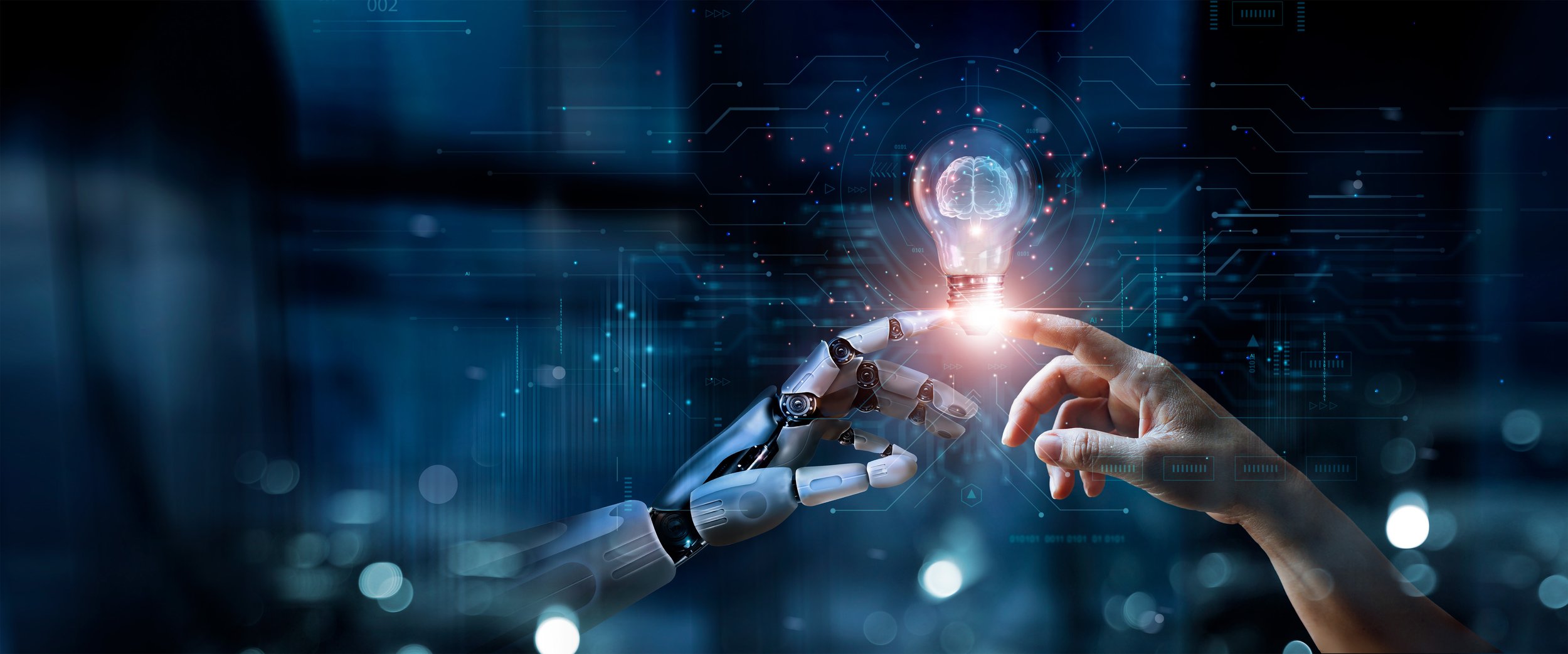Machine Learning as an innovative strength
What is Machine learning?
Nowadays, the term Machine Learning is becoming more and more frequent, but do you know what it is?
Machine Learning is a branch of Artificial Intelligence that tries to imitate the way humans learn by means of data and algorithms. In this way, complex tasks can be executed and solved in a similar way to how a human would do it.
It could be said that, through Machine Learning, computers program themselves through experience. If we had to explain the process in broad strokes, we would say that first a series of data is provided, which can be numerical, graphical or other types of data. The greater the amount of data, the better the program, since the machine uses it to train itself. Once this information is provided, the algorithms use patterns and relationships between the data to make predictions, classify information or generate content, among other things. Over time, the model can be made more accurate by changing parameters based on the results obtained.
What types of systems and categories are there?
Existing systems can be classified as follows:
Descriptive → Uses the data to explain what happened.
2.Predictive → The system uses the data to predict what will happen.
3.Prescriptive → The system will use the data to suggest actions to be taken.
As for the categories that we can find are:
1. Supervised model → In this category, machine learning models are trained with labeled data sets, which allows them to learn and become more accurate over time. Variables are defined to these data on which the algorithm is expected to apply relationships, therefore, both the input and output of the algorithm is always defined. These algorithms are used for various tasks such as:
Binary classification → Divide the data into two categories.
Multi-class classification → Choose from more than two types of answers.
Regrouping → Combine predictions from multiple ML models to produce a more accurate description.
Regression model → Predicts continuous values that are based on relationships within the data.
2. Unsupervised model → A program looks for patterns in unlabeled data, thus it can find patterns or trends that are not explicitly sought. A good example of this category would be identifying different types of customers through online sales data. These types of algorithms are good for the following tasks:
Clustering → By using clustering algorithms, data sets are divided into groups based on similarities.
Anomalous detection → Using anomalous detection algorithms, unusual data can be identified.
Association rule → Used to discover sets of products in a data set that occur together frequently.
Dimensional reduction → To reduce the number of variables in a data set.
3. Reinforcement model → They are based on trial-and-error learning to apply the best action through a reward system. For example, autonomous vehicles can be trained to drive by telling the machine when it made the right decisions, which helps to learn over time the actions to follow.
Some uses of machine learning:
Speech recognition → It is also called ASR, which stands for Automatic Speech Recognition. It uses natural language processing to translate spoken language into text.
Customer service → Through chatbots that serve as support to answer frequently asked questions or help the customer with any incident or complaint.
Robotic process automation (RPA) → This technology uses intelligent automation to manage and improve repetitive tasks.
Financial services → Risk advisory, customer service, personalized banking...are areas where this technology can be applied within this sector.
Manufacturing → Ensures quality controls and performs predictive maintenance.
Retail → Customization and inventory management, collection planning and trend forecasting.
Machine Learning as a resource for innovation and business transformation
As we have explained in this article, Machine Learning offers a range of revolutionary advantages that are transforming our interaction with technology, as well as the challenges in various businesses.
Its ability to process large amounts of data, or to automate complex tasks makes this technology a driver of innovation and efficiency in industries such as healthcare, manufacturing, education and many more.
With proper implementation and without neglecting the ethical and transparency aspects of these technologies, it is possible to work towards a smarter and more sustainable future for all.





